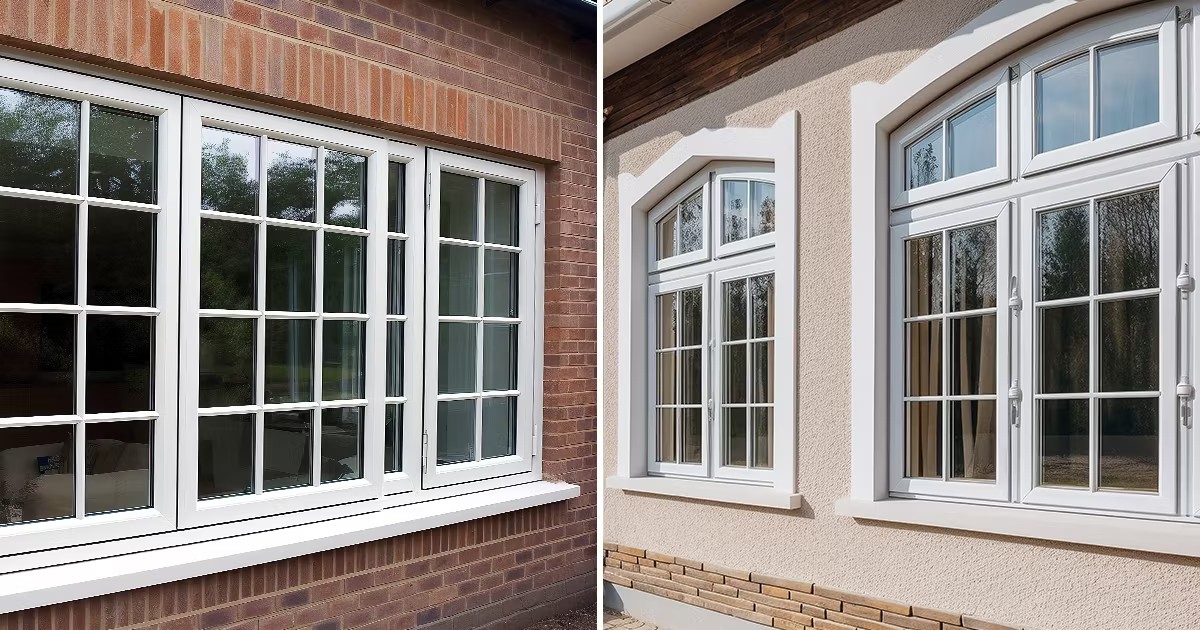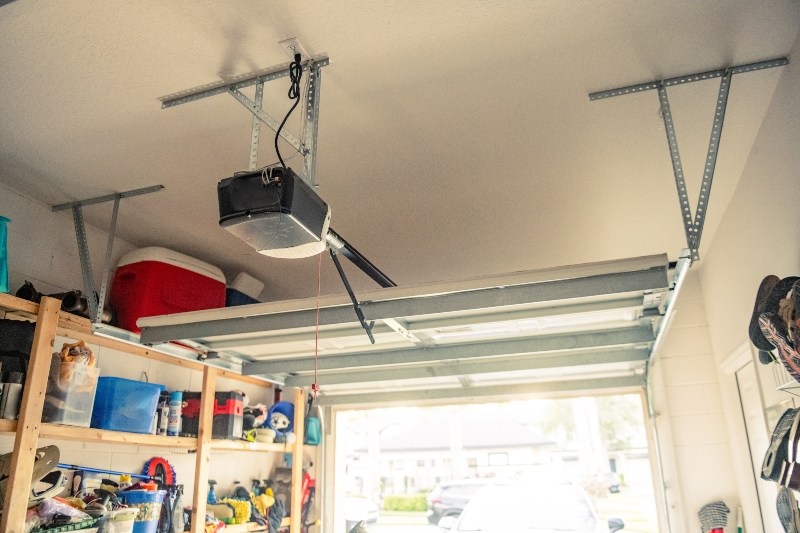When it comes to upgrading your home’s energy efficiency and aesthetic appeal, plastic windows (kunststofffenster) have become one of the most popular and practical solutions available today. Known for their durability, insulation, and affordability, plastic windows—often made from uPVC (unplasticized polyvinyl chloride)—have revolutionized modern window design.
In this comprehensive guide, we’ll explore what makes plastic windows a smart investment, their advantages over traditional materials, installation considerations, maintenance tips, and frequently asked questions to help you make the right choice for your home or business.
What Are Plastic Windows?
Plastic windows (kunststofffenster) refer to window frames made primarily of durable and weather-resistant PVC material. Unlike traditional wooden or aluminum frames, these windows are designed to withstand extreme temperatures, humidity, and UV exposure without warping, rusting, or cracking.
Modern plastic windows come in various styles—such as casement, tilt-and-turn, sliding, and fixed-frame options—making them suitable for both residential and commercial buildings. They also feature multiple color finishes, from classic white to wood-grain effects, ensuring they blend seamlessly with any architectural style.
Benefits of Plastic Windows
1. Exceptional Energy Efficiency
Plastic windows are well-known for their excellent insulation properties. The multi-chamber design of uPVC frames traps air inside, reducing heat transfer between the interior and exterior. Combined with double or triple-glazed glass units, these windows can significantly cut heating and cooling costs, keeping your home comfortable all year round.
2. Durability and Weather Resistance
Unlike wood, which can rot, or metal, which may corrode, plastic windows remain resistant to moisture, wind, and sunlight. Their long-lasting material ensures they maintain their shape and function for decades, even in harsh weather conditions.
3. Low Maintenance
Plastic windows require minimal upkeep. Unlike wooden frames that need regular painting or sealing, PVC windows can be cleaned with just soap and water. They do not fade easily and maintain their smooth appearance for years.
4. Noise Reduction
If you live near a busy street or industrial area, plastic windows can help reduce external noise. Their tight seals and soundproof glazing options minimize noise penetration, creating a quieter, more peaceful indoor environment.
5. Security and Safety
Modern plastic window systems often come with advanced locking mechanisms, multi-point locks, and reinforced glass. This makes them highly secure against intruders, ensuring your home’s safety without compromising on style.
6. Eco-Friendly Choice
Although they are made from synthetic materials, many manufacturers now produce recyclable plastic windows, reducing environmental impact. Their long lifespan and energy-saving properties also contribute to sustainability efforts by lowering energy consumption.
Comparing Plastic Windows to Other Materials
| Feature | Plastic (uPVC) | Wood | Aluminum |
| Durability | Excellent – weatherproof & long-lasting | Moderate – can rot or warp | High – corrosion-resistant |
| Maintenance | Very low | High – requires regular painting | Low to moderate |
| Energy Efficiency | Excellent | Good | Fair |
| Cost | Affordable | Expensive | Moderate |
| Design Variety | Wide range of colors & styles | Natural look | Sleek, modern |
| Lifespan | 25–40 years | 15–25 years | 20–35 years |
This comparison clearly shows why plastic windows are often preferred for new constructions and renovations—they offer an unbeatable mix of performance, value, and convenience.
Design Options and Aesthetic Appeal
Gone are the days when plastic windows only came in plain white frames. Today, homeowners can choose from a vast selection of designs, finishes, and colors that replicate natural textures like wood or provide modern minimalist looks.
Whether you want sliding plastic windows for contemporary apartments or tilt-and-turn windows for easy ventilation and cleaning, there’s a design to suit every taste and building style.
Installation Considerations
Proper installation plays a crucial role in the performance of plastic windows. Even the best-quality windows can fail to insulate or function properly if not installed correctly. Always hire experienced installers who can ensure airtight sealing and alignment.
Here are a few points to consider:
- Measure accurately before ordering custom frames.
- Inspect existing openings for any structural damage.
- Ensure professional fitting with weatherproof sealing.
- Check for proper ventilation to prevent condensation.
A well-installed window will improve both energy performance and longevity.
Maintenance Tips for Plastic Windows
Keeping your plastic windows in top shape is easy. Follow these simple maintenance practices:
- Clean regularly using mild detergent and warm water.
- Lubricate hinges and locks once or twice a year.
- Inspect seals and gaskets for wear or cracks.
- Avoid harsh chemicals that can damage the surface.
By following these steps, your windows will remain functional and attractive for decades.
Cost of Plastic Windows
The price of plastic windows can vary depending on:
- Window size and design (casement, sliding, tilt-turn, etc.)
- Glazing type (double or triple)
- Frame color and finish
- Hardware and security features
On average, homeowners can expect to pay 20–40% less for plastic windows compared to wooden alternatives. While upfront costs are lower, the long-term savings on energy bills and maintenance make them an even smarter investment.
Common Myths About Plastic Windows
Myth 1: Plastic Windows Look Cheap
Modern PVC technology allows for realistic finishes that mimic natural materials like oak or mahogany. With customizable designs, they can look as elegant as any high-end wooden frame.
Myth 2: They Can’t Be Repaired
Most plastic windows can be repaired or have individual parts replaced without needing full replacement—making maintenance cost-effective.
Myth 3: They Are Not Eco-Friendly
Recyclable uPVC materials are now widely used, and energy-efficient windows contribute to reducing carbon footprints.
FAQs About Plastic Windows
1. How long do plastic windows last?
High-quality plastic windows can last anywhere from 25 to 40 years, depending on climate, usage, and maintenance.
2. Are plastic windows better than wooden ones?
In most cases, yes. They’re more durable, energy-efficient, and require less maintenance compared to wood.
3. Do plastic windows fade in sunlight?
Modern uPVC materials are treated with UV stabilizers to prevent discoloration, ensuring they maintain their color over time.
4. Can plastic windows be recycled?
Yes. Many manufacturers now use recyclable PVC, reducing waste and environmental impact.
5. Are plastic windows suitable for all climates?
Absolutely. They perform well in both hot and cold regions, offering excellent insulation and weather resistance.
Final Words
Plastic windows have proven to be one of the most reliable, cost-effective, and energy-efficient choices for modern homes and buildings. With their blend of durability, low maintenance, and design versatility, they represent a long-term investment in comfort, security, and sustainability.
Whether you’re renovating your home or building from scratch, plastic windows provide a perfect balance of function and style—keeping your interiors cozy while enhancing your property’s curb appeal.











